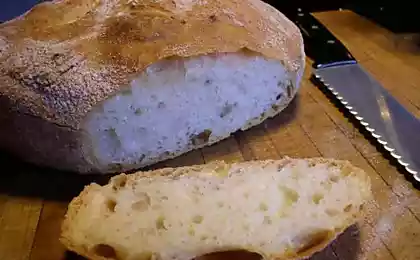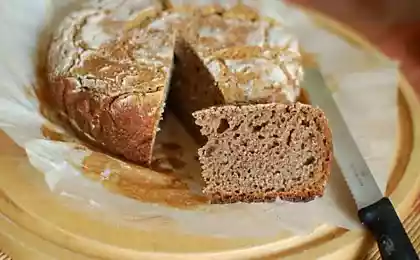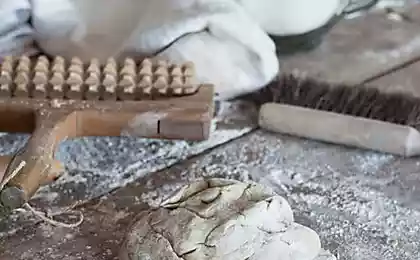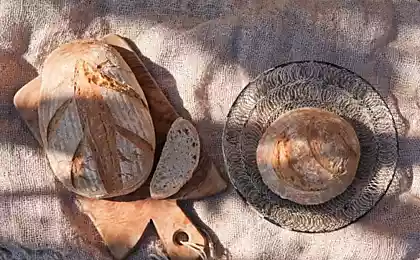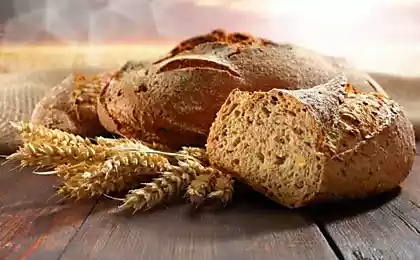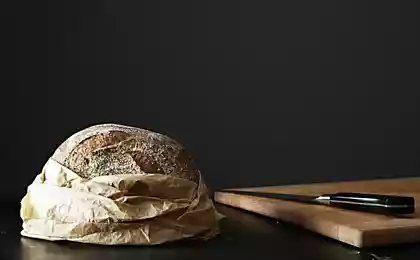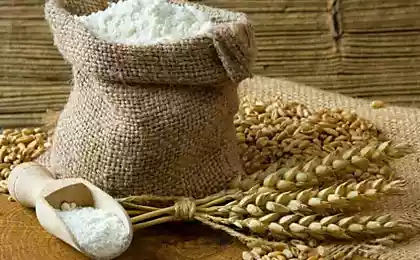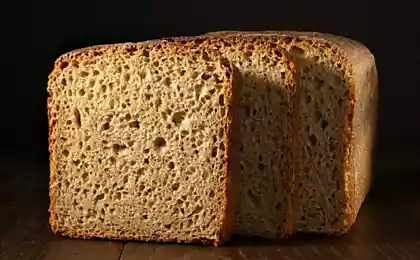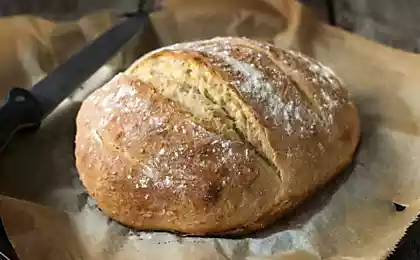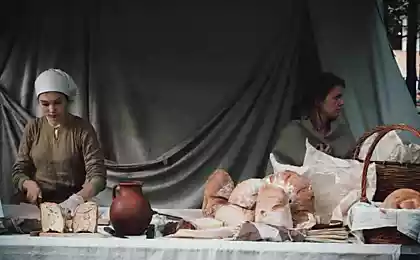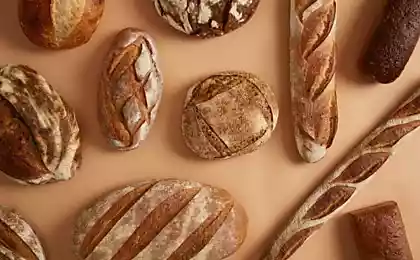170
Mistakes of housewives when baking rye or wheat bread
Bake bread at home A special process for each hostess. And to always get a good result, she will probably use only proven recipes. Sometimes a woman bakes bread in the family way, which she learned from her mother or even from her grandmother. But is the result satisfactory?
Today there are many recipes for making bread. You can even bake bread in a pan. But when cooking, both beginners and experienced bakers often make non-obvious mistakes that greatly affect the final result. Therefore, we will list the main principles that can not be violated when baking both wheat and rye bread.
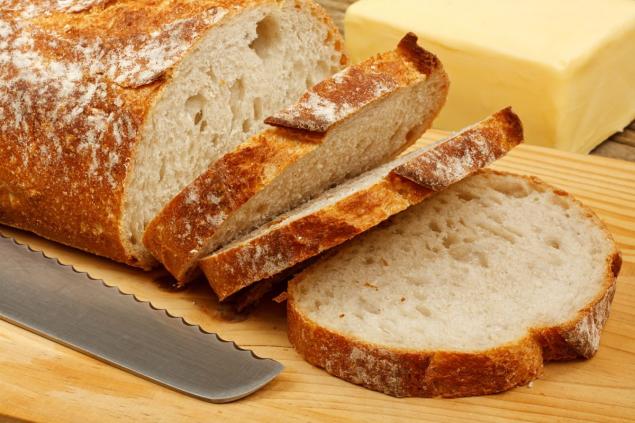
Changing the recipe The most common mistake is trying to change the recipe. Of course, when cooking any dish, the hostess is guided by their experience and conditions. It's normal. But when we talk about homemade bread, even small changes in the recipe can completely change the end result.
Therefore, experimentation is necessary only in cases where it allows you to make a great experience. Beginners do everything “by eye” is not recommended. It is better to make your first culinary masterpieces strictly according to the recipe. Then the chances of baking wonderful bread will increase.
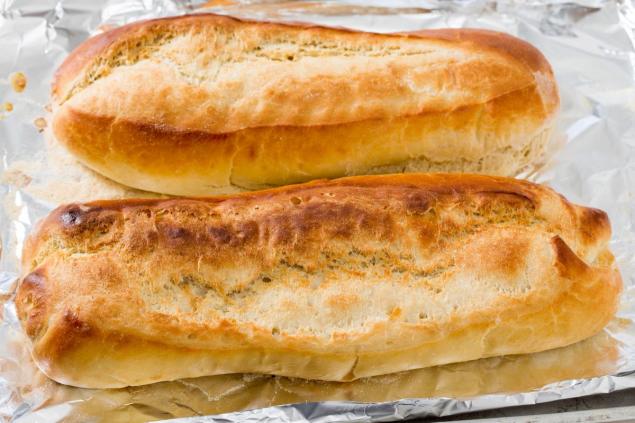
Each type and variety of flour has certain properties. And if the recipe says one flour and you use another, you end up with a new recipe. The flesh will receive a different structure, color and aroma. Perhaps bread will also be successful, but this is not the product for which the original recipe is written.
After all, for example, wheat flour of the first grade is more moisture-intensive than wheat flour of the highest grade, which will affect the density of the flesh. And if you replace wheat flour popular today gluten-free, then it will be a completely different bread. Not the one in the recipe.
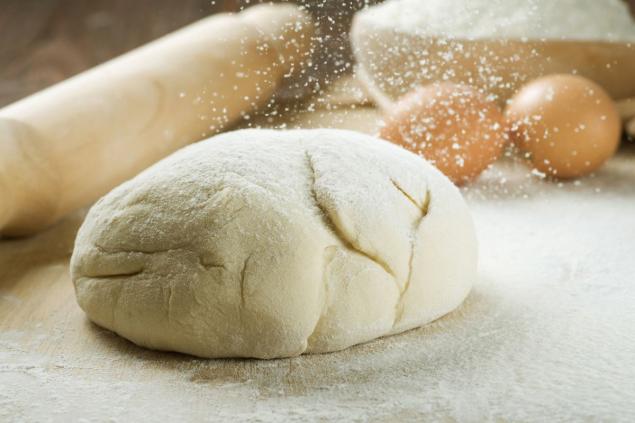
But here strictly adhere to the recommendations of the recipe is not worth it. After all, the time of ripening of the opar, fermentation of dough or baking is a conditional indicator in any recipe. It changes depending on your specific circumstances. Therefore, you need to be able to focus not on the clock, but on the external signs of readiness of the opar or test.
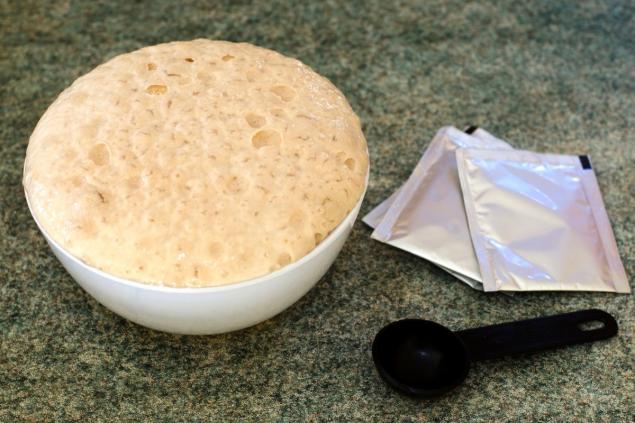
If the leaven is weak, then it is in vain to expect that the bread will turn out to be successful in appearance. Therefore, first make sure of the quality of the leaven, and only then start baking. Weakness will be the sourdough, which was just removed from the refrigerator. It should be heated to room temperature to restore the desired properties.
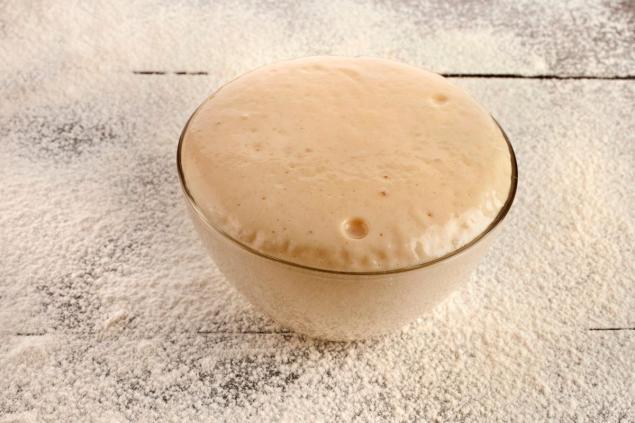
Thoughtless addition of flour When it is not possible to cope with mixing with a very wet dough, usually add more flour. But if you increase only the amount of flour, and do not touch the other ingredients, the result is unlikely to please. This will affect the structure, appearance, and taste of bread.
Professional bakers believe that you can only adjust the recipe water. This is especially true for the recipes you use for the first time. Therefore, it is better to add about 80% of the specified amount of water first, and add the rest as needed.

Of course, the perfect bread is not every time, even experienced housewives. But if you analyze each mistake and look for ways to avoid it in the future, a good result will come. And the family will enjoy your culinary experiments every time, knowing that something delicious awaits them.
Today there are many recipes for making bread. You can even bake bread in a pan. But when cooking, both beginners and experienced bakers often make non-obvious mistakes that greatly affect the final result. Therefore, we will list the main principles that can not be violated when baking both wheat and rye bread.

Changing the recipe The most common mistake is trying to change the recipe. Of course, when cooking any dish, the hostess is guided by their experience and conditions. It's normal. But when we talk about homemade bread, even small changes in the recipe can completely change the end result.
Therefore, experimentation is necessary only in cases where it allows you to make a great experience. Beginners do everything “by eye” is not recommended. It is better to make your first culinary masterpieces strictly according to the recipe. Then the chances of baking wonderful bread will increase.

Each type and variety of flour has certain properties. And if the recipe says one flour and you use another, you end up with a new recipe. The flesh will receive a different structure, color and aroma. Perhaps bread will also be successful, but this is not the product for which the original recipe is written.
After all, for example, wheat flour of the first grade is more moisture-intensive than wheat flour of the highest grade, which will affect the density of the flesh. And if you replace wheat flour popular today gluten-free, then it will be a completely different bread. Not the one in the recipe.

But here strictly adhere to the recommendations of the recipe is not worth it. After all, the time of ripening of the opar, fermentation of dough or baking is a conditional indicator in any recipe. It changes depending on your specific circumstances. Therefore, you need to be able to focus not on the clock, but on the external signs of readiness of the opar or test.

If the leaven is weak, then it is in vain to expect that the bread will turn out to be successful in appearance. Therefore, first make sure of the quality of the leaven, and only then start baking. Weakness will be the sourdough, which was just removed from the refrigerator. It should be heated to room temperature to restore the desired properties.

Thoughtless addition of flour When it is not possible to cope with mixing with a very wet dough, usually add more flour. But if you increase only the amount of flour, and do not touch the other ingredients, the result is unlikely to please. This will affect the structure, appearance, and taste of bread.
Professional bakers believe that you can only adjust the recipe water. This is especially true for the recipes you use for the first time. Therefore, it is better to add about 80% of the specified amount of water first, and add the rest as needed.

Of course, the perfect bread is not every time, even experienced housewives. But if you analyze each mistake and look for ways to avoid it in the future, a good result will come. And the family will enjoy your culinary experiments every time, knowing that something delicious awaits them.



